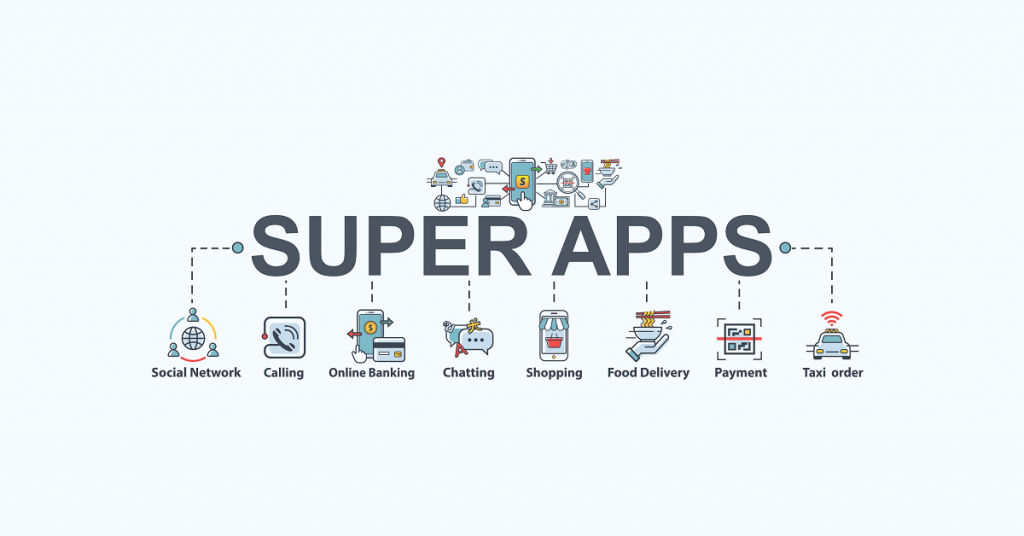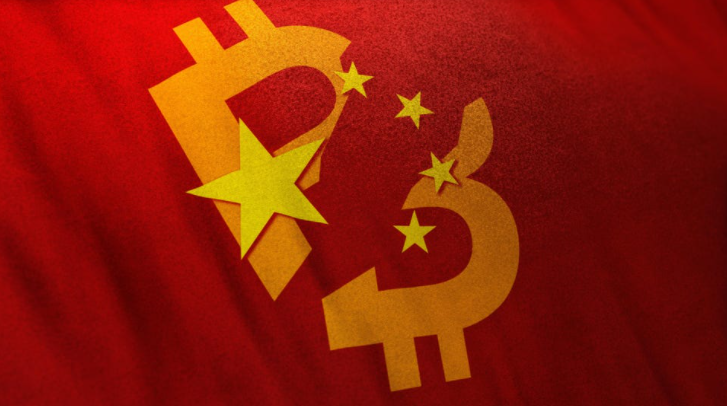Imagine living in the most advanced and restrictive content-filtering Internet regime, also known as the Great Firewall, in the world: welcome to mainland China. As of the implementation by the Chinese government in 2008, the country blocks Internet users in China from visiting quite an extensive list of foreign websites (Chandel et al., 2019). Such giant censoring and controlling mechanisms ensure that both online and offline the same political values, ideals, and standards are enforced on the population while maintaining China’s infrastructure independent of outsiders (Economy, 2021). Anyhow, with no Twitter, no Facebook, no Google, or YouTube, the internet vacuum was eventually filled in Chinese copycats of those platforms.
One of them is WeChat, which is a super app combining all functions and different Western platforms in one application. What once emerged as a voice messaging platform transformed into a ubiquitous app, with over 1.29 billion active users per month (Statista, 2022). Essentially, within the app there is a variety of functions, basically containing anything you may want to do online, ranging from audio and text messaging, WeChat moments (which is similar to Instagram or Facebook’s timeline), order food delivery, to booking a doctor appointment, reading news, and paying bills (Boyd, 2019). All in one single, integrated application, a convenient and transformative technology you’d say. You’re basically never leaving the app because there is no urge to.

Sounds pretty great, right? Well, using one app to do all these activities enables WeChat to collect a staggering volume of personal data, that Google, Amazon, and Facebook all combined have not been able to achieve. This offers WeChat an immensely powerful and unique position in the market, as it possesses one of the most valuable data resources (Wu & Chingman, 2022). Nevertheless, still positioned within the Great Firewall, WeChat must share its data with China’s cybersecurity law to support the ruling of the Chinese Communist Party to control its citizens and censor speech (Wu & Chingman, 2022). Though previous evidence shows no censorship among users not registered under China-based phone numbers, experiments oppose the opposite, as it reveals that even non-Chinese accounts are subject to surveillance (Knockel et al., 2022). So, be aware because they are watching.
Have you ever used WeChat, or are you familiar with it? I use it occasionally to communicate with family members residing in China and to text my parents because they rather use WeChat than WhatsApp. However, I’ve never known that WeChat has been such a big and powerful, but censoring app deeply integrated into users’ daily lives. No wonder why I see so many Chinese people using it. Would you say it is a super app? Or…
References
Boyd, C. (2019, January 21). WeChat: The evolution and future of China’s most popular app. Medium. Retrieved 25 September 2022, from https://medium.com/swlh/wechat-the-evolution-and-future-of-chinas-most-popular-app-11effa5639ed
Chandel, S., Jingji, Z., Yunnan, Y., Jingyao, S., & Zhipeng, Z. (2019, October). The Golden Shield Project of China: A Decade Later—An in-Depth Study of the Great Firewall. 2019 International Conference on Cyber-Enabled Distributed Computing and Knowledge Discovery (CyberC). https://doi.org/10.1109/cyberc.2019.00027
Economy, E. C. (2021, July 7). The great firewall of China: Xi Jinping’s internet shutdown. The Guardian. Retrieved 25 September 2022, from https://www.theguardian.com/news/2018/jun/29/the-great-firewall-of-china-xi-jinpings-internet-shutdown
Knockel, J., Parsons, C., Ruan, L., Xiong, R., Crandall, J., & Deibert, R. (2022, January 24). How International Users Unwittingly Build up WeChat’s Chinese Censorship Apparatus. The Citizen Lab. Retrieved 26 September 2022, from https://citizenlab.ca/2020/05/we-chat-they-watch/
Statista. (2022, July 27). Number of active WeChat messenger accounts Q2 2011-Q1 2022. Retrieved 25 September 2022, from https://www.statista.com/statistics/255778/number-of-active-wechat-messenger-accounts/
Wu, Y., & Chingman, Y. (2022, September 22). WeChat warns users their likes, comments and histories are being sent to China. Radio Free Asia. Retrieved 26 September 2022, from https://www.rfa.org/english/news/china/wechat-09082022183307.html








